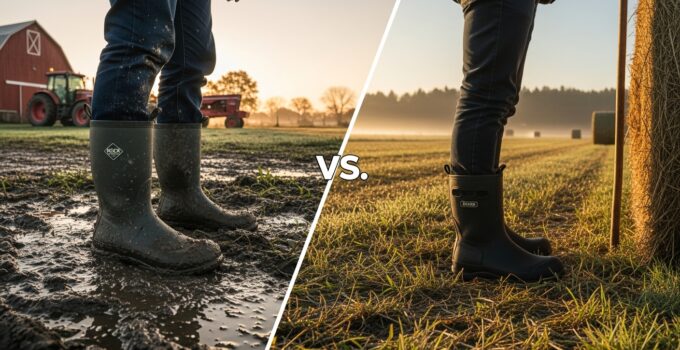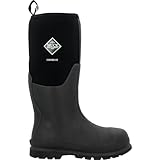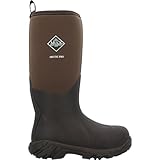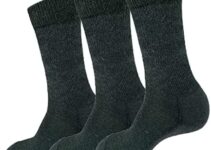This is a tough conversation, but you deserve the straight goods. When you’re farming, your boots are more than just footwear—they’re a critical tool. They have to survive acidic manure, sharp debris, freezing mornings, and concrete floors, all while keeping you comfortable for 12+ hours a day. That kind of abuse will shred a standard leather boot in no time.
Muck Boots and Bogs are the big names in rubber pull-on work boots, and for good reason—they make a great product that checks most boxes. But the truth is, both have pros, cons, and some serious durability issues reported by folks who rely on them daily.
Here is an honest breakdown based on real-world testing and what farmers are saying on the job site.








Quick Verdict: Muck Boots vs. Bogs—The 30-Second Answer
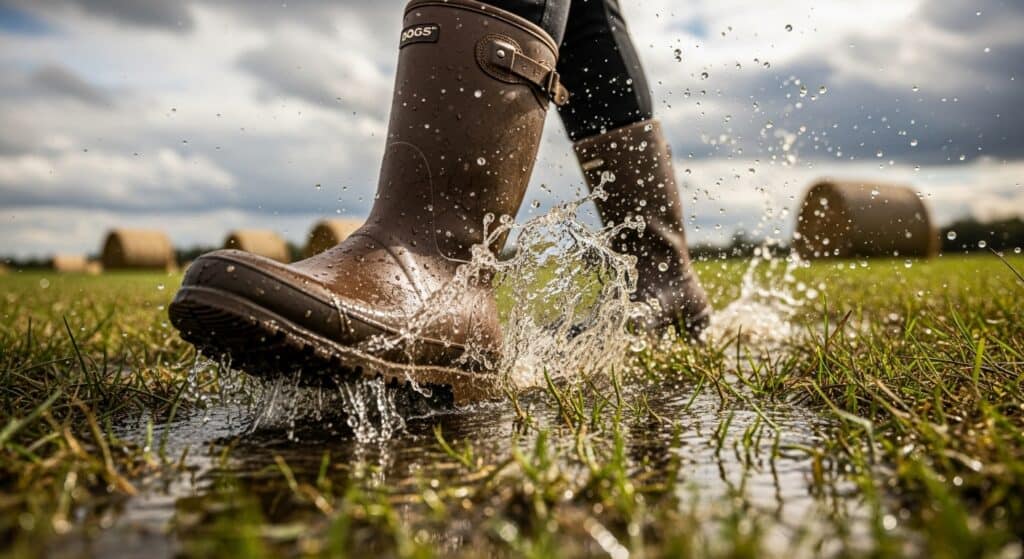
Bogs are famous for their pull-on handles and out-of-the-box comfort.
If you just need the bottom line right now:
- Choose Muck Boots (like the Chore Classic) if: You prioritize a snugger, more “athletic” fit around the ankle that helps reduce heel slip and fatigue on long walking days. Their Chore line has a legendary “workhorse” reputation, and the Airmesh lining is generally excellent for breathability.
- Choose Bogs (like the Classic Ultra High) if: You demand unmatched, out-of-the-box comfort, appreciate a roomier fit (great for wide feet), and value the absolute convenience of those built-in pull handles. Bogs typically offer a higher warmth rating in their base models.
For pure, rugged, long-distance farm walking, the Muck Chore has a slight edge in fit. But for quick, easy on/off convenience, the Bogs handles are a game-changer.
Head-to-Head Comparison: The Farm Test
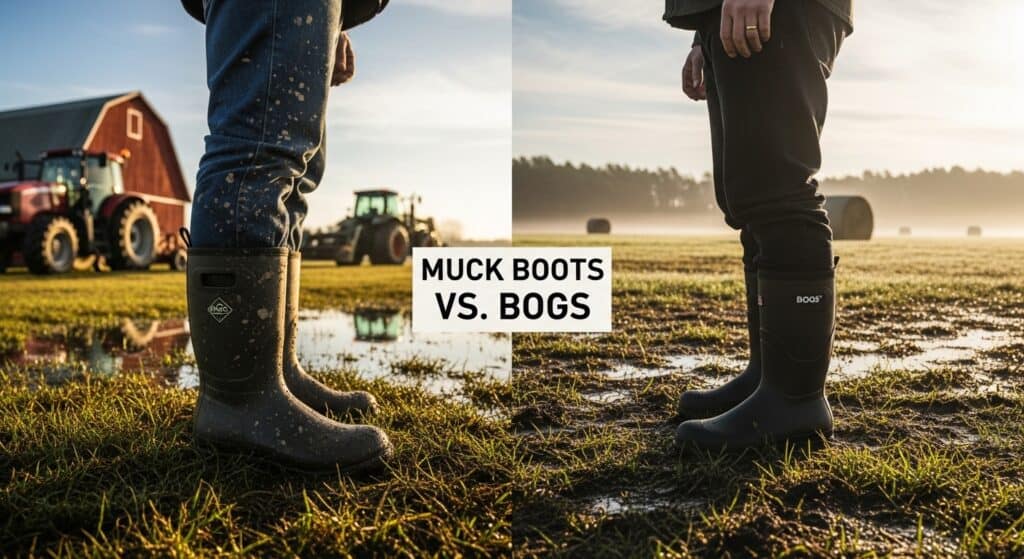
Muck Boots (left) vs. Bogs (right) head-to-head.
| Feature | Muck Boots (e.g., Chore Classic) | Bogs (e.g., Classic Ultra High) | The Real Deal |
|---|---|---|---|
| Waterproofing | 100% Waterproof (Neoprene) | 100% Waterproof (Neo-Tech) | Tie. Both are built to handle serious water and muck. |
| Out-of-Box Comfort | Good, supportive fit. | Excellent, often softer “Rebound” cushioning and contoured footbed. | Bogs. They feel like slippers right away. |
| Long-Term Comfort (Fit) | Snugger fit reduces heel slip, minimizing blisters on long walks. | Roomier fit can sometimes lead to heel slip and blisters over many miles. | Muck. That snugger fit is crucial for all-day endurance. |
| Warmth (Base Models) | Comfort rated to sub-freezing, often around -20°F. | Rated typically down to a toasty -40°F. | Bogs. Base models often handle colder temps better. |
| Warm Weather Options | Excellent specialized options like the Chore Warm Weather with XpressCool lining (rated up to 95°F). | Max-wick technology helps move moisture from your foot. | Muck. The XpressCool technology is designed specifically for high heat/humidity. |
| Ease of Use | Standard pull-on. Can be difficult to take off. | Built-in handles make pulling them on or off incredibly easy. | Bogs. The handles are a huge advantage. |
| Durability (General) | High-grade rubber, slightly tougher shell that resists scuffs. | High-grade, durable rubber. | Muck. A slight edge in long-term wear resistance is often noted. |
The Durability Discussion: Let’s Talk Honesty
If you talk to farmers who have been wearing these boots for decades, you’ll hear a lot of complaints—and they’re not wrong.
The Muck Problem: Many long-time users feel that the quality of Muck Boots (and Xtratuf, owned by the same company) has seriously declined in recent years, especially since production shifted. Old pairs might have lasted 8+ years, but new ones are frequently reported to crack, leak, or have the soles fail in under a year. This drop in longevity is often attributed to cost-cutting. If you buy them, be aware of this risk; thankfully, Muck Boots typically have a 1-year warranty, which many people end up using.
The Bogs Problem: Bogs are loved for their comfort, but some users report premature failure, with boots splitting or leaking after a year of daily use. Bogs also offers a one-year warranty, which helps when the inevitable cracking happens.
The Takeaway: When you’re constantly walking through acid (animal waste) and abusing the rubber in extreme cold/heat, rubber boots will eventually fail, often cracking where the foot bends. But when you spend serious money, they should last longer than a few seasons.
Specialized Muck Boot Models for Farming
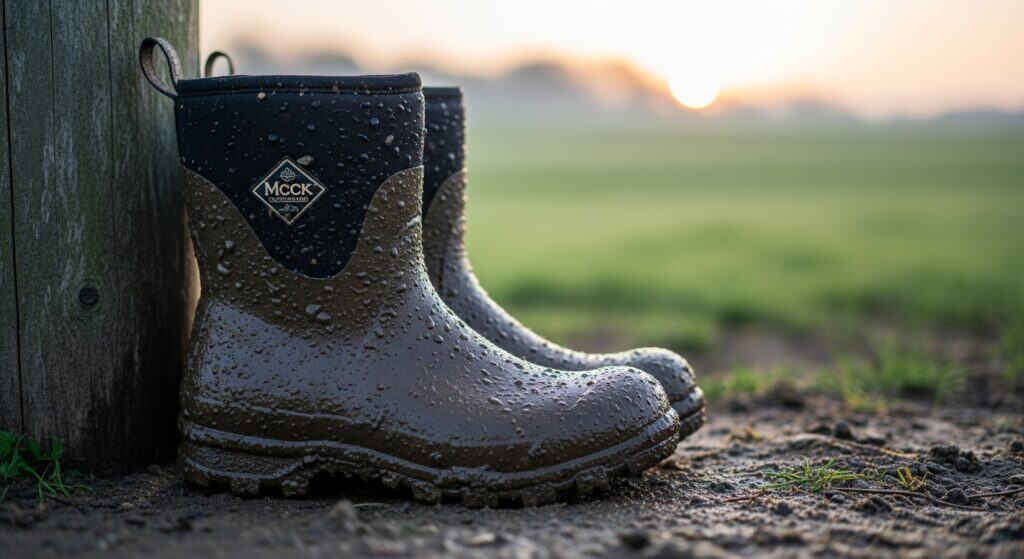
Muck Boot offers specialized models for all-season, cold, and warm weather.
Both brands offer excellent specialty models, but here are a few standouts mentioned in testing:
1. The All-Season Workhorse: Muck Chore Classic
Best For: All-year farm jobs, especially cattle work in mud or corrals, and heavy equipment days.
The Experience: This boot is the F-150 of farm boots—simple, sturdy, and built purely for work. The neoprene upper is shock absorbing and waterproof. It features a steel shank, quadruple rubber heel, and triple reinforced toe for extra stability. It’s an all-season boot, comfort rated from below freezing up to 65°F. The mesh lining allows air movement to wick moisture and keep you cool on hot days. The deep, narrow lugs provide solid traction but can be hard to clean if you let the mud dry.
2. The Cold Weather Specialist: Muck Boots Arctic Pro
Best For: Extreme cold, snow, and ice. It’s comfort rated from -40°F up to 40°F.
The Experience: If you are feeding cattle in a blizzard, the Arctic Pro is your specialized tool. It uses a fleece lining, thermal foam beneath the footbed, and an impenetrable stretch collar to keep the elements out. It also comes with an ASTM-rated steel toe. The outsole is injection-molded specifically to provide serious traction in all winter conditions. Due to the thick insulation, the Arctic Pro often runs small—you might need to size up a whole size.
3. The Hot Weather Specialist: Muck Boots Chore Warm Weather Boot
Best For: Hot, humid climates, or for people who naturally sweat a lot. Comfort rated from 40°F up to 95°F.
The Experience: This boot is designed specifically to keep you cool. It uses thin 4mm neoprene and Muck Boots’ XpressCool lining, which actively pulls sweat off your skin and uses that moisture to cool your foot through quick drying. The break-in period can be tough on the ankles and lower calf, so be sure to wear thick socks initially.
Tried-and-True Alternatives to Muck & Bogs
Given the widespread complaints about the recent durability of Muck and Bogs, many experienced farmers have switched to other brands that are proving tougher or offer better value:
- Dunlop Purofort: Frequently cited by dairy farmers for durability. Users report getting 1-2 years of heavy daily use, often longer than modern Mucks. Known for resisting chemicals and holding up well in manure.
- LaCrosse Boots: A very popular alternative. Models like the Aero Insulator and Alpha Thermal are praised for warmth, flexibility, and longevity, often lasting multiple seasons.
- Xtratuf Legacy: While owned by the same parent company, the Legacy series (triple dipped/reinforced neoprene) is noted by some users for lasting several years of daily abuse, especially in wet conditions. Excellent on concrete but may get ripped by sticks.
- Dryshod: This brand was started by the original folks behind Muck Boots after the company was sold. Many recommend them as a better boot, offering superior comfort and durability, though some users have reported minor issues.
- Honeywell Servus Work Boot: A fantastic “bang-for-buck” budget option. While they might only last about a year of hard use, they offer amazing value, solid traction, all-day comfort, and often include a steel toe.
Sizing and Fit: What You Need to Know
Both Muck Boots and Bogs typically only come in whole sizes, which is the main sizing headache.
- General Sizing Rule: If you are a half-size (e.g., 10.5), the safest bet for both brands is generally to size up (to an 11). This leaves enough room for thick socks, which is crucial for comfort and warmth.
- For Women Ordering Unisex: Women should usually select one size smaller than the men’s sizing listed.
- For Wide Feet: Bogs offers a unique Flex Width Insole; you can remove a second insole to create more volume for wider feet. Muck Boots’ neoprene will typically stretch comfortably to fit up to an EEE width.
How to Make Your Rubber Boots Last (The Practical Tips)
It’s frustrating when expensive boots crack prematurely. The good news is that rubber boots don’t just wear out—they are often killed by acidic contaminants and UV exposure. Follow these tips to maximize their lifespan:
-
- Clean Them Daily: Animal waste, fertilizers, and other farm chemicals are acidic and actively eat away at the rubber. You need to hose them off daily to remove these corrosive contaminants.
- Store Them Properly: UV rays (sunlight) are the #1 killer of rubber, making it brittle and causing it to crack at flex points. Never store your boots in direct sunlight. Store them upright in a cool, dark, dry mudroom.
- Condition the Rubber: Occasionally apply a rubber conditioner or UV protectant (like a silicone spray) to keep the material supple and prevent it from drying out, which causes cracking.
- Use a Boot Jack: Avoid using the heel of your opposite foot or a stair step to pry off your boots. This puts excessive pressure on the heel and can cause the sole to separate. A boot jack is the preferred tool.
* Patch Early: If a small crack appears, clean the area and patch it immediately with a flexible adhesive like Shoe Goo or a neoprene patch kit. This might get you several extra months of use.
Conclusion: The Final Verdict for Your Farm
You can’t go wrong with either brand. Both Muck and Bogs make exceptional, 100% waterproof, chemical-resistant boots designed for the exact abuse of a farm. The choice isn’t about ‘good vs. bad’ – it’s about fit and features.
Your decision comes down to this: Do you want the unbeatable convenience of pull-on handles and a softer, roomier fit? Get the Bogs. Do you want a snugger, athletic fit that’s better for walking long distances and has a legendary reputation for durability? Get the Muck Boot Chore.
Check out the Muck Chore for a classic work fit, or the Bogs Classic for easy-on comfort. And if you’re fed up with both, take a hard look at the alternatives like Dunlop or LaCrosse that many pros are switching to. Either way, your feet will finally be warm, dry, and protected.

